Photographers tend to shy away from overcast weather. But, a cloudy day is an excellent time for stunning photography.
These fluffy formations can help give you a great shot! In this article, we’ll tell you all the tips and tricks for great cloudy day photography.
Here are our top tips and tricks to take your cloudy day photography to the next level.
Cloudy day photography settings are different than what you would use on a clear or overcast day. Every time the light changes, you need to change your settings. If you are shooting in a cloudy environment, your light source (the sun) will hide and reveal itself often.
This can be a pain if you need to stick to a strict timescale. As a rule of thumb, the clouds are going to pull two to three stops of light from your scene.
You know about Aperture Priority mode and Shutter Priority mode. But what about setting your ISO to automatic? Find it in your camera, and go one stop before ISO 100. It should say “A” where the numbers are.
Your other settings will stay the same, but your ISO will increase from 100 to 400 or 800, depending on the light.
When shooting in soft light or with cirrostratus clouds, you should use the Sunny 16 rule. It helps you find the best exposure setting with the available lighting conditions.
Remember, when you shoot in RAW, it is always better to underexpose if it is hard to meter the light well. It’s easier to edit an underexposed shot than an overexposed shot in Lightroom, Photoshop, or other post-processing software.
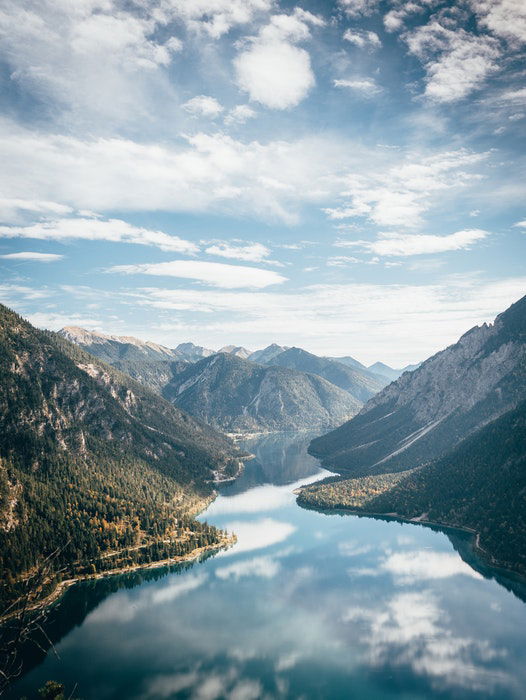
You may find a great landscape scene, but it can look boring without certain elements.
Clouds are the easiest things to wait for and use as interesting details in your photo. Clouds add texture, shape, and form. Some even look like animals!
Take advantage of a cloudy day and use it to create unique compositions.
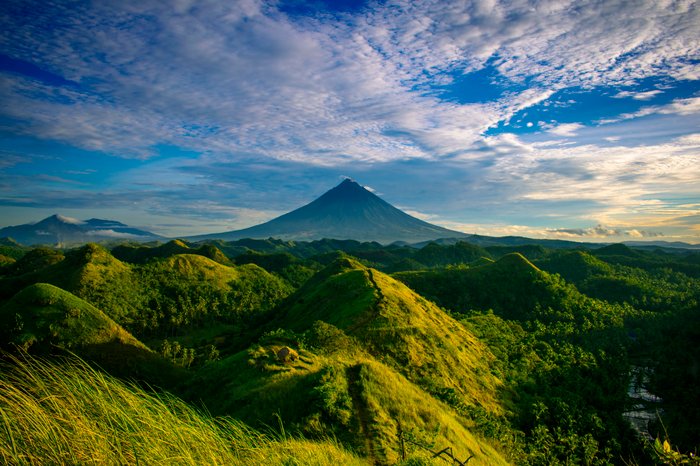
Long exposures are great at any time of the day or night.
Clouds add texture, shape, and form already. Capturing them with a long shutter speed adds movement to your scene. The results are abstract and painting-like effects.
The mood could be calm or give the viewer a sense of urgency, such as the buildup of a storm.
Place your camera on a tripod, and use a shutter speed of five seconds or longer. Use ND filters and a remote. Do not forget to focus before applying the filter.
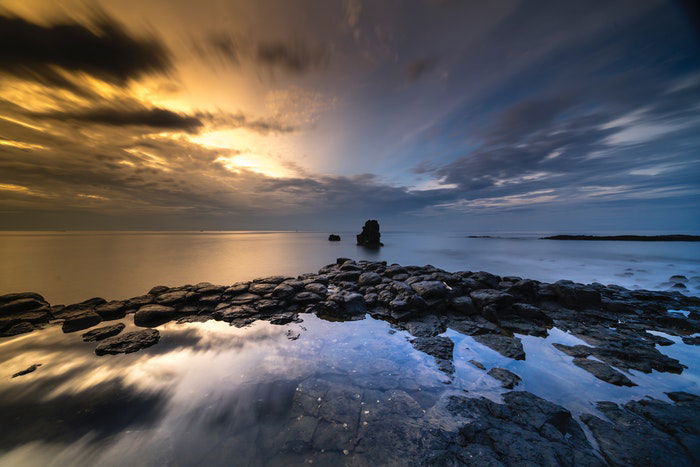
The best reason to shoot cloudy day portraits is the light. An overcast sky creates diffused light. This means even light falls over your entire scene.
Bright sunshine and well-defined clouds create strong light and powerful shadows.
But on cloudy days, the clouds act as a diffuser that softens the light. It is the perfect time for fashion and portrait photography. The soft lighting conditions smooth the skin.
Also, overcast is good if you have to shoot interior and architectural pictures because it is beneficial for dynamic range.
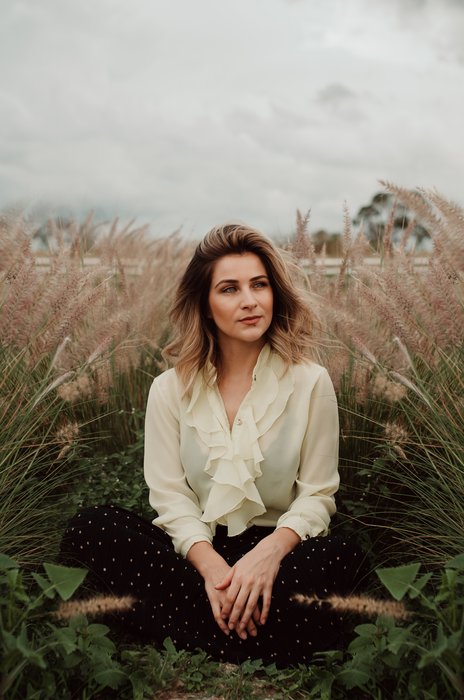
Sun rays add more interest to a scene and the sky. You can only capture sun rays on a cloudy day.
When the sun hides behind a cloud, it will shine these beautiful shots of light around it.
You will need to meter on the cloud to ensure the scene is not overexposed or blown out.
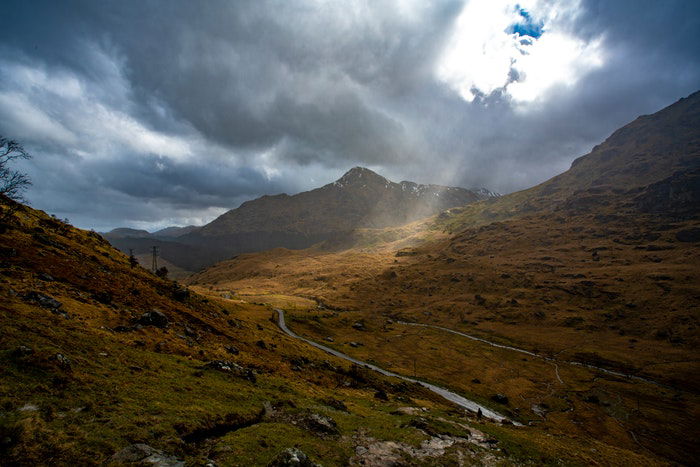
Bring a wide-angle lens when capturing cloud photography. Combined with a narrow aperture, it will help you add dramatic effects and detail.
Using ND and CPL filters can also enhance your cloudy day photographs. ND filters come in handy for daylight long-exposure shots. A CPL filter will help you manage reflections in the scene.
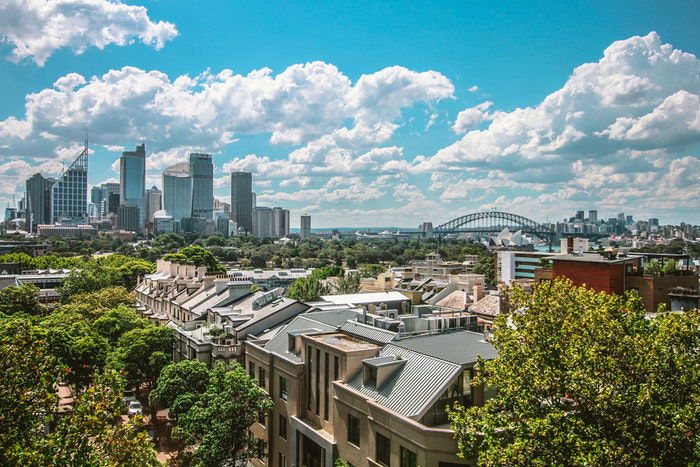
Cities and clouds can make you think of a fantasy story with a metropolis floating in the sky. Clouds create a juxtaposition against the buildings.
You can even capture sunbeam lines outlining certain aspects of a scene. Or the soft light conditions can create evenly lit images of buildings.
Wait for fog or a bunch of low clouds and capture the skyscrapers peeking out. Using CPL filters can enhance your photos as they bring out the clouds. Then, boost the Clarity sliders when you edit your shots in Lightroom.
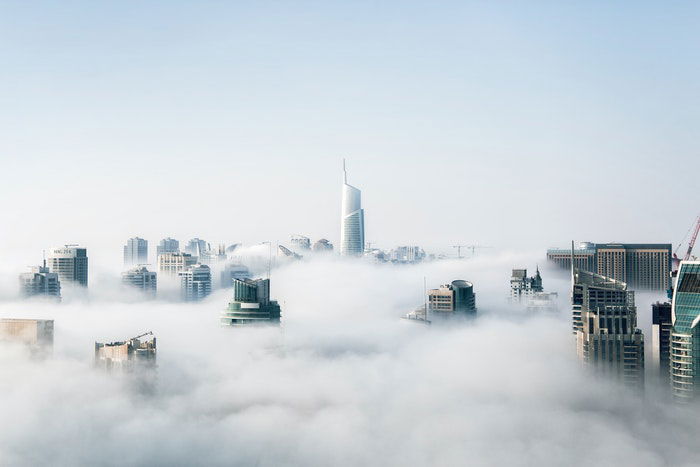
Cloudy days can offer you a multitude of scenes and settings that allow creativity in your landscape photography. One of my favorite cloudy day photography scenes is with light pools. The sun passes through a group of clouds. As it passes a gap, a sunray beams down.
You can capture a scene where only part of it is exposed or appropriately highlighted.
Meter on the lit area, and capture the glimpse focusing on the scene you can see. Do this rather than the darker parts for a genuinely compelling scene.
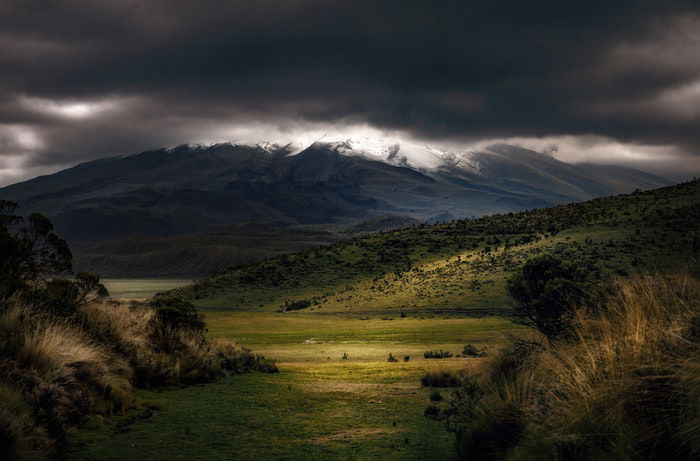
Clouds look great not only in the sky but also as reflections in the water. Find lakes, ponds, or even shiny buildings to capture cloud reflections.
This way, you can add more depth to your scene and create exciting compositions. Look for symmetry or shapes that result from the clouds and reflections.
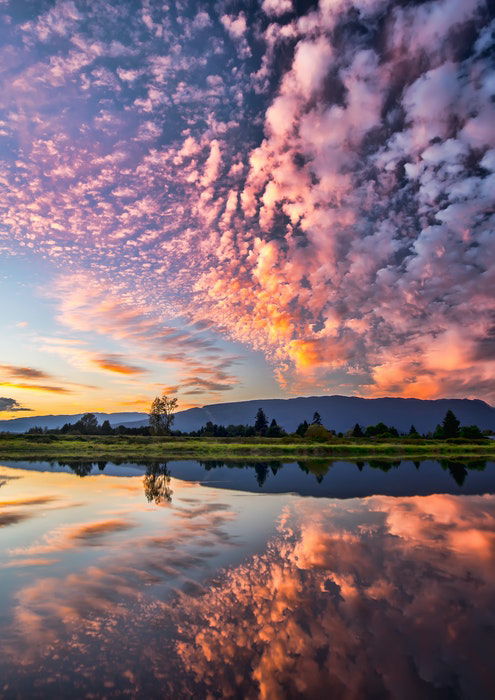
A gloomy day or overcast weather might not look inviting, but it can offer great photography opportunities. Take advantage of the diffused light and the cloud formations.
Create long-exposure cloud photography or use the clouds to add texture to your scene. Find creative ideas to compose your photos even on overcast days.